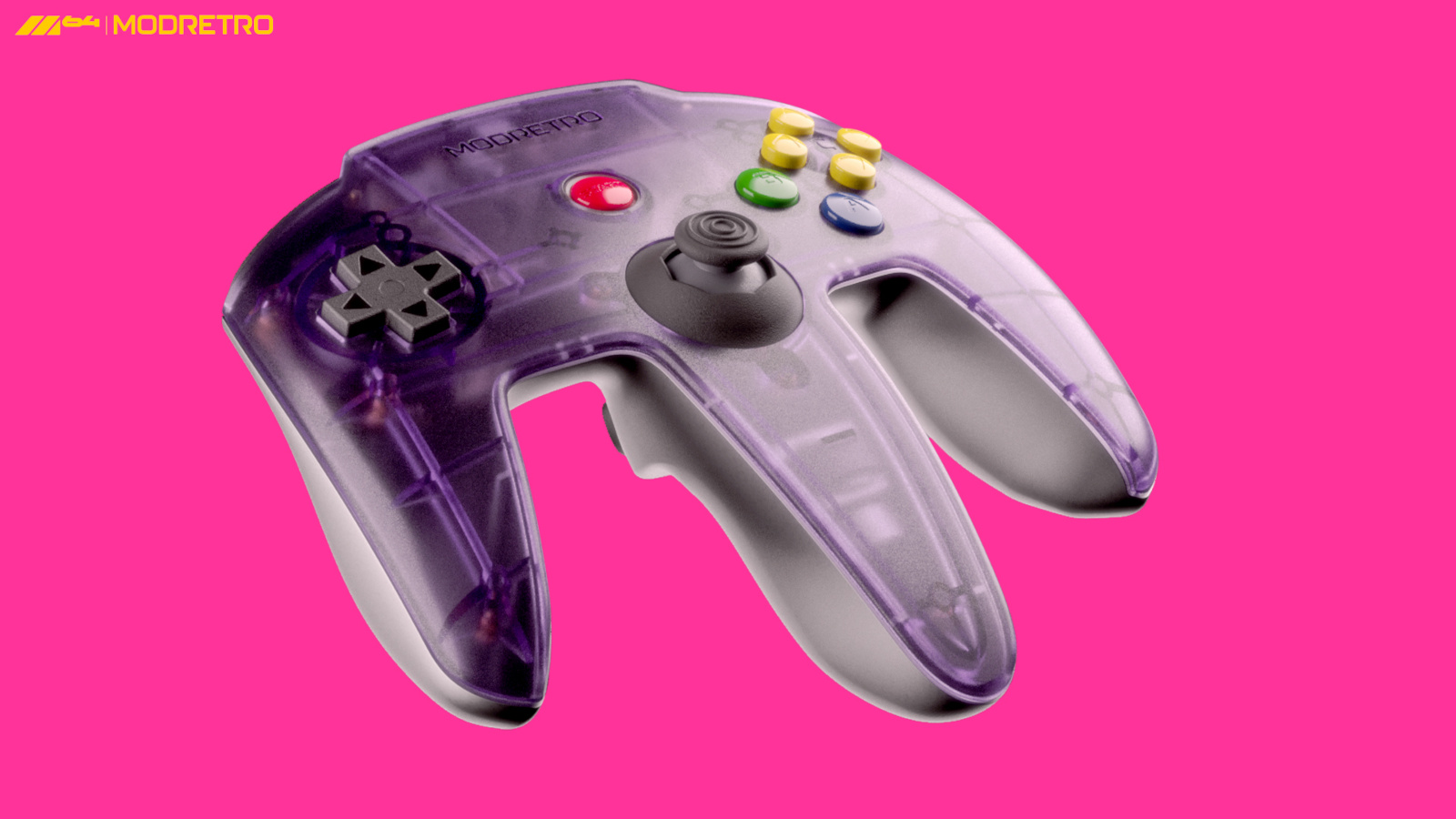An Airbus directive that ordered the immediate software update for 6,000 A320 planes has lead to flight disruptions around the world. As Reuters notes, that’s more than half of the 11,300 A320 jets in operation. The narrow-body A320 is widely used globally, but its largest operator is American Airlines, which has 480 of the model in its fleet.
American Airlines said 340 planes out of the 480 it has need to be updated, with each plane taking two hours, during one of the busiest weekends for travel in the US. It told CNBC that it expects the “overwhelming majority” of those planes to be completed through the night, with only a handful remaining on November 29. The recall also heavily affects Asian carriers that rely on A320s for short-haul flights. Japan’s ANA had to cancel 95 domestic flights for Saturday, affecting over 13,000 passengers.
In its announcement, the European Union Aviation Safety Agency said it issued an Emergency Airworthiness Directive after a problem manifested on a JetBlue flight back on October 30. Airbus said that an analysis of the event revealed “that intense solar radiation may corrupt data critical to the functioning of flight controls.” Solar flares, or bursts of electromagnetic radiation from the sun, are known to cause radio blackouts and the disruption of satellite and GPS signals,. To prevent future issues, the affected planes would have to revert to an earlier version of their software.
This article originally appeared on Engadget at https://www.engadget.com/transportation/passengers-face-disruption-as-airbus-updates-thousands-of-planes-065955605.html?src=rss